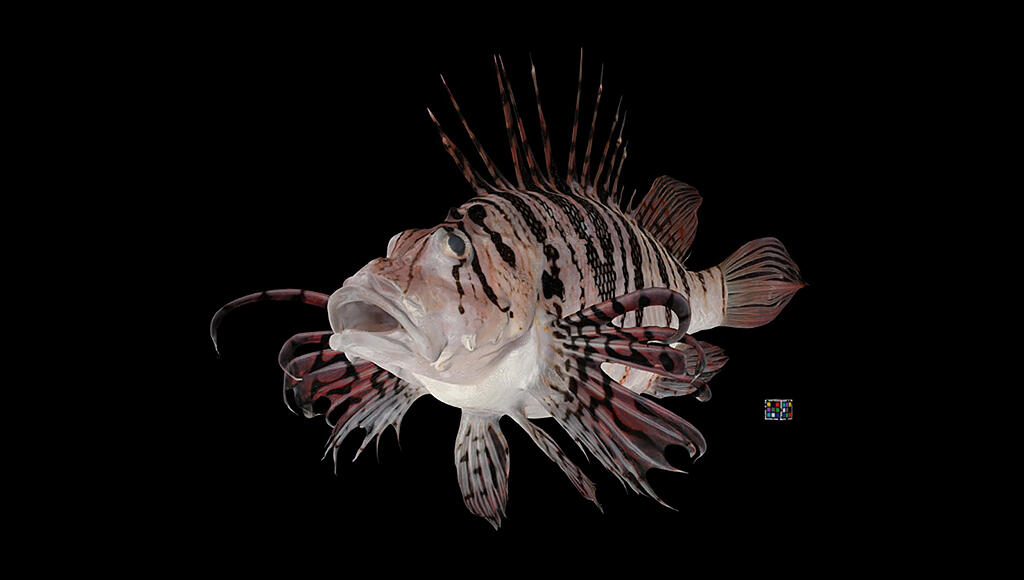Specially appointed Associate Professor Yuichi Kano of the Institute of Decision Science for a Sustainable Society, Kyushu University, has developed a simple photogrammetry technique for biological specimens and released digital data for more than 1,400 3D models of over 700 species, mainly aquatic organisms (https://sketchfab.com/ffishAsia-and-floraZia/models). Most models can be freely downloaded and used by anyone under the CC BY 4.0 license. All specimens are precisely recreated in 3D while retaining vivid colors and shapes as close to real life as possible. The models are stored in a database of biological specimens, and basic information such as scientific names can also be found through the link. Professor Kano hopes that the models can be used in a variety of fields. The results were published the international scientific journal Research Ideas and Outcomes.

Provided by Kyushu University
Photogrammetry is a method of constructing a 3D model by taking multiple photographs of a subject from various angles. It was originally used for topographical surveying. In biology, most modeling is performed using CTs and MRI, focusing on internal structures. However, these methods are expensive because they require specialized equipment.
In this study, Professor Kano developed a new photogrammetric method for biological specimens, which he termed bio-photogrammetry. The method involved suspending the subject using a nylon fishing line and photographing it from multiple angles. 500 images were then selected to construct the 3D model. A photogrammetry suite (3DF Zephyr Lite) was used to create the 3D models. The number of lines was changed according to the shape and weight of the object to reproduce the natural state of even soft and delicate subjects.
Aquatic organisms such as fish change color after they die, so by photographing them while they are still fresh, before any changes occur, Professor Kano was able to create 3D models that are as close as possible to their living state. Most of the 3D models were published under the CC BY 4.0 license. Under the license, they are available for use by anyone. However, due to ownership issues, some subjects were not released under the license. Bio-photogrammetry can be applied to various fields and is expected to be used in virtual reality.
Professor Kano said, "In the future, I would like to improve the database by increasing the number of 3D models and, of course, applying it to a broader range of fields. I hope that many people, including researchers and companies, and those involved in environmental education, will use the system since, under the open science model, it can be used as a digital 3D illustrated book or as biological data for multimedia purposes."
This article has been translated by JST with permission from The Science News Ltd.(https://sci-news.co.jp/). Unauthorized reproduction of the article and photographs is prohibited.




